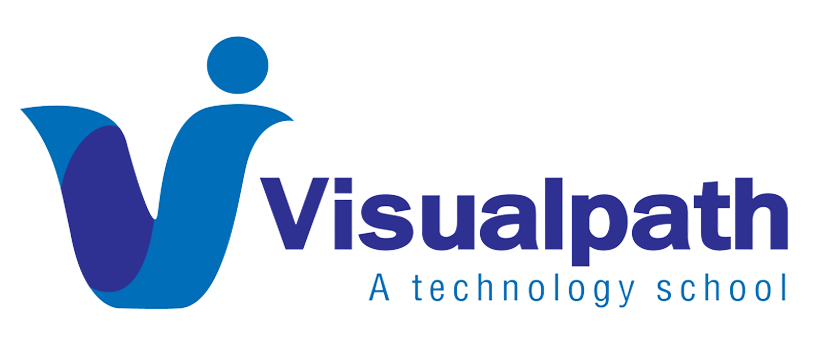Introduction:
Microsoft Azure Data Engineer Training Azure Data Factory (ADF) is a cloud-based data integration service that enables users to create data-driven workflows for orchestrating data movement and transformation. One of the key components of ADF is Mapping Data Flows, which allows for visual data transformation at scale without writing code. In this article, we’ll explore the actions available in Mapping Data Flows and how they streamline data transformation tasks. Azure Data Engineer Training
Understanding Mapping Data Flows
Mapping Data Flows is a graphical interface in ADF that lets you build transformation logic visually. It simplifies the process of data transformation and allows users to process large-scale datasets efficiently.
Key Actions in Mapping Data Flows
Source Action
- The source action defines where the data comes from. It supports a wide range of data stores, including Azure Blob Storage, Azure SQL Database, and more.
- Users can apply schema drift handling to ensure flexibility in data structure.
Transformation Actions
ADF offers various transformation actions to shape data according to business needs. Some notable transformations include:
- Filter: Removes unwanted rows based on conditions.
- Derived Column: Adds or modifies columns in the dataset by applying custom expressions.
- Join: Combines two data streams based on key columns.
- Aggregate: Performs aggregation operations like sum, average, min, or max on data columns.
Sink Action
- The sink action defines the destination for transformed data. ADF supports multiple sinks, such as SQL databases, data lakes, or any supported storage.
- It provides flexibility with options for inserting or updating records.
Data Flow Debugging and Monitoring
- ADF offers a data flow debug feature to test and validate transformations in real time.
- Monitoring capabilities allow users to track the performance of data flows and identify potential bottlenecks.
Benefits of Mapping Data Flows
- No Code Solution: Users can visually design complex data transformations without writing code. Azure Data Engineering Training in Ameerpet
- Scalability: Mapping Data Flows efficiently handles big data and large-scale transformations.
- Flexibility: Supports schema drift and allows for dynamic mapping and transformations.
- Real-time Debugging: Helps users validate their transformations and ensure accurate data flow execution.
Conclusion
Azure Data Factory’s Mapping Data Flows provide a powerful, scalable, and code-free approach to transforming data. With its visual interface, users can design and deploy complex data workflows that integrate seamlessly with various data sources and sinks, making ADF an essential tool for modern data engineering.
Visualpath is the Leading and Best Software Online Training Institute in Hyderabad. Avail complete Azure Data Engineer Training Institute in Hyderabad Worldwide You will get the best course at an affordable cost.
Attend Free Demo
Call on – +91-9989971070
WhatsApp: https://www.whatsapp.com/catalog/919989971070
Visit: https://visualpath.in/azure-data-engineer-online-training.html




